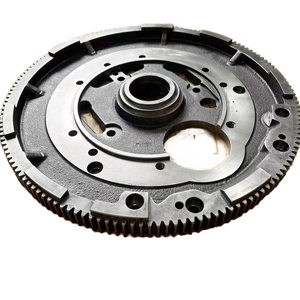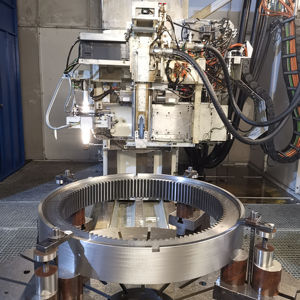PRODUCT PARAMETERS
Description
Overview of helical gear,transmission gear
Gears are mechanical elements that are typically used to transmit rotational motion and force. They work by meshing teeth with each other to change speed, direction of torque, or to transfer power between multiple shafts. Gears are an integral part of mechanical engineering and are widely used in a variety of mechanical devices.
Advantages and features of helical gear,transmission gear
Efficient transmission: Gears are capable of directly converting power with high efficiency and low energy loss.
Precise ratios: the desired ratio of speed and torque can be obtained by selecting gears of different sizes.
Compact: helical gear,transmission gearsystems take up less space than other forms of power transmission.
High durability: well-designed gears can operate stably for long periods of time in harsh environments.
Low noise and vibration: Modern helical gear,transmission gearmanufacturing technology ensures smooth operation and reduces noise and vibration.
Various types: Spur, helical, and bevel gears are available depending on the application scenario.

(helical gear,transmission gear)
Specifications of helical gear,transmission gear
Helical gears transmit power between parallel or went across shafts. These equipments include tilted teeth reduced along the cylindrical surface. The tooth angle permits gradual call between mating equipments. This layout reduces noise compared to spur gears. Helical gears deal with higher loads due to enhanced tooth get in touch with area. Numerous teeth engage concurrently throughout operation. This spreads forces more equally throughout the gear face.
Typical products include steel, cast iron, and brass. Steel equipments undertake warm therapy for improved toughness. Carburizing or relieving boosts surface area solidity. Cast iron supplies cost-efficient solutions for moderate lots. Brass equipments match low-load applications requiring rust resistance. Equipment measurements vary based on component, pitch, and stress angle. Basic stress angles vary in between 15 ° and 25 °. The helix angle usually drops between 15 ° and 30 °. Higher helix angles enhance smoothness yet generate axial drive. Thrust bearings neutralize this axial pressure.
Gear teeth undergo precision grinding or machining. This guarantees accurate meshing and lessens resonance. Surface finish influences effectiveness and put on resistance. Lubrication is critical for minimizing friction and warmth accumulation. Oil or oil applications stop premature tooth damages. Secured transmissions maintain lubricants and block contaminants.
Transmission gears made as helical kinds fit heavy machinery, automobile systems, and commercial equipment. They transfer activity in gearboxes, pumps, and conveyors. Small layouts conserve space in tight installments. Customizable birthed sizes, keyways, and flanges fit various shaft links. Lots capabilities depend upon worldly strength and equipment geometry. Producers provide torque scores for certain operating problems.
Proper alignment during setup avoids unequal wear. Imbalance triggers noise, vibration, and equipment failing. Routine evaluations identify matching, racking up, or tooth deformation. Worn gears reduce transmission efficiency. Immediate replacement stays clear of secondary damages to connected components. Temperature tracking identifies lubrication concerns or overloads. Helical gears require balanced upkeep for long service life.

(helical gear,transmission gear)
Applications of helical gear,transmission gear
Helical gears are used in many industries because they handle heavy loads and reduce noise. The angled teeth design allows gradual contact between gears. This makes operations smoother compared to spur gears. Automotive systems rely on helical gears for transmissions. They manage high torque and improve fuel efficiency. Cars with these gears run quieter and last longer. Electric vehicles use them to transfer power from motors to wheels efficiently.
Industrial machinery depends on helical gears for high-speed operations. Conveyor belts, pumps, and compressors use these gears for steady power transfer. The angled teeth reduce wear and tear in heavy-duty machines. Factories benefit from fewer breakdowns and lower maintenance costs. Helical gears are also common in steel mills and mining equipment.
Aerospace applications require gears that work under extreme conditions. Helicopter rotors and aircraft engines use helical gears for precise motion. They handle stress and temperature changes without failing. Marine engines use these gears to withstand saltwater exposure. Corrosion-resistant materials make them ideal for ships and submarines.
Power generation systems like wind turbines use helical gears. They convert rotor motion into electricity smoothly. The design handles variable wind speeds without jarring movements. This increases energy output and reduces mechanical strain. Hydroelectric plants use similar setups for consistent power transfer.
Robotics and automation need precise, quiet gear systems. Helical gears provide accurate movement in robotic arms and medical devices. Their low vibration prevents interference in sensitive tasks. Packaging machines and CNC equipment rely on them for speed and reliability.
Transmission gears transfer power between machine parts. They adjust speed and torque in vehicles and industrial tools. Manual and automatic transmissions both use helical gears for shifting efficiency. Heavy trucks and construction equipment depend on durable transmission gears for uphill climbs and heavy loads. Conveyor systems use them to maintain steady speeds in production lines.
Helical gears are preferred in food processing and pharmaceuticals. Their sealed designs prevent contamination. Easy cleaning and corrosion resistance meet strict hygiene standards. Printing presses and textile machines use them for consistent operation over long periods.
Campony Introduction
Established in 2002, Shift Gear Machinery Co.,ltd. focus on metal research and mining machinery spare parts. 2 factories over an area of 13,300 square meters, based on 100+ sets of equipment, our production capacity reaches 12000 Tons/Year. has passed ISO 9001 quality managment system certification in 2008.
Our mainly products are dragline excavator spare parts,rotary kiln spare parts, large modulus gear (gear shaft), gearbox ect. 40+ patents with over 45 years experience to help focus on improve the service life of spare parts. We belive that more than 80% reason of mechanical parts’ working life depends on hot processing (steel making/forging/casting/welding/heat treatment). Eight material engineers will control the quality from the original resource.
If you are interested, please feel free to contact us.
Payment
L/C, T/T, Western Union, Paypal, Credit Card etc.
Shipment
By sea, by air, by express, as customers request.
5 FAQs of helical gear,transmission gear
Helical gears have teeth cut at an angle. This angle lets the teeth engage slowly. It makes the gear operation quieter. Straight-cut gears hit each other suddenly. Helical gears avoid this. They handle heavy loads better. The angled teeth spread pressure across multiple teeth. This reduces wear over time.
People choose helical gears for transmissions because they run smoothly. Vehicles and machines need quiet operation. The gradual contact between teeth lowers noise. More teeth are in contact at once. This spreads the load evenly. Transmissions last longer with helical gears. They handle high speeds without breaking down.
Helical gears need good lubrication. The sliding action of angled teeth creates heat. Proper oiling stops overheating. Check gear alignment regularly. Misaligned gears wear out faster. Maintenance is straightforward but necessary. Ignoring it leads to early failure.
These gears are used in cars, factories, and heavy machinery. Any application needing quiet power transfer uses them. High-speed machines benefit most. Conveyor belts, pumps, and elevators often have helical gears. They work well where precision matters.
Helical gears cost more to make. The angled teeth require complex manufacturing. They also push sideways forces on shafts. Extra bearings are needed to handle this. This adds to the cost. The benefits of smooth operation and durability often justify the price.
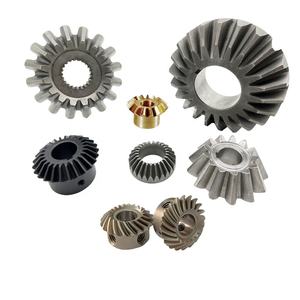
(helical gear,transmission gear)
REQUEST A QUOTE
RELATED PRODUCTS
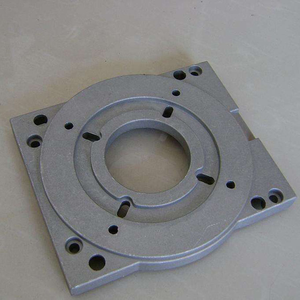
Gear Shift Knob 5 Speed shift lever Mat Chrome For Renault Clio Mk4 Oem 328657531R
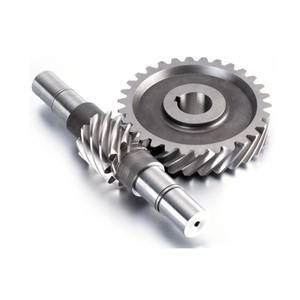
Camshaft Large Pulley Gears Manufacture Nylon POM Planetary Flat Plastic Gear Module
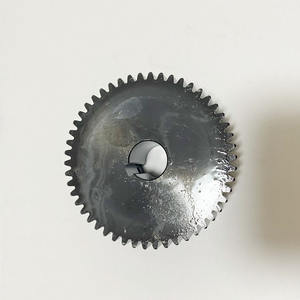
0.5M standard plastic pinion gear for electric toy car
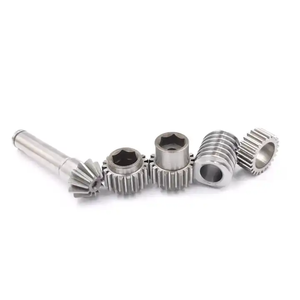
MAR series low backlash and high precision helical gear reducer 60/90/115/142/180 low clearance stepping planetary servo gearbox
